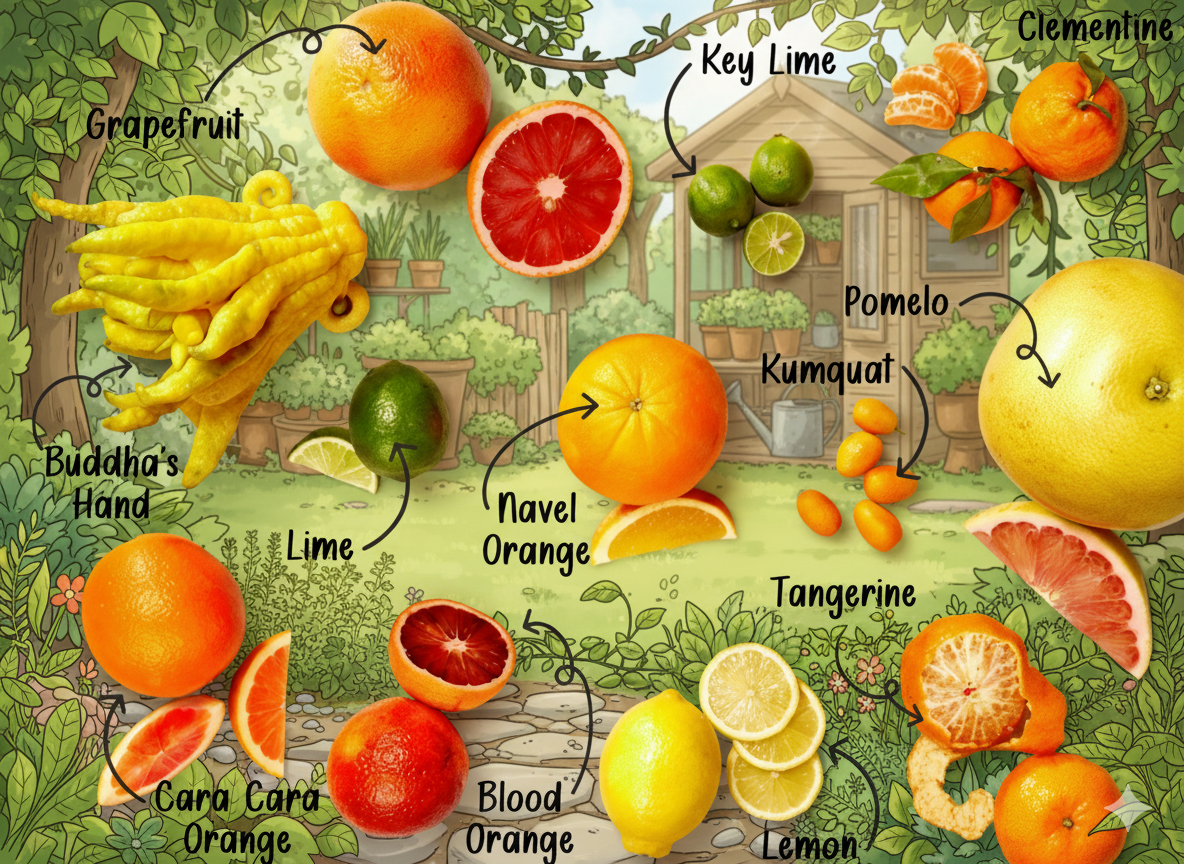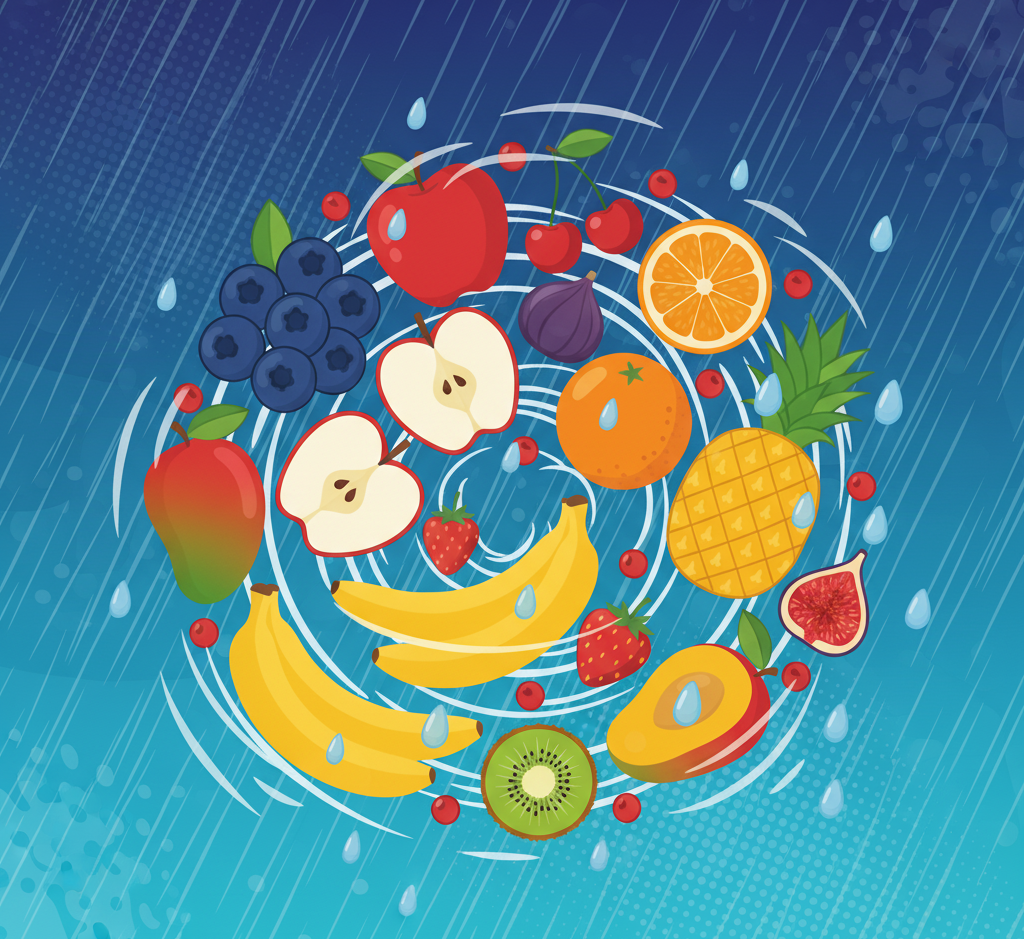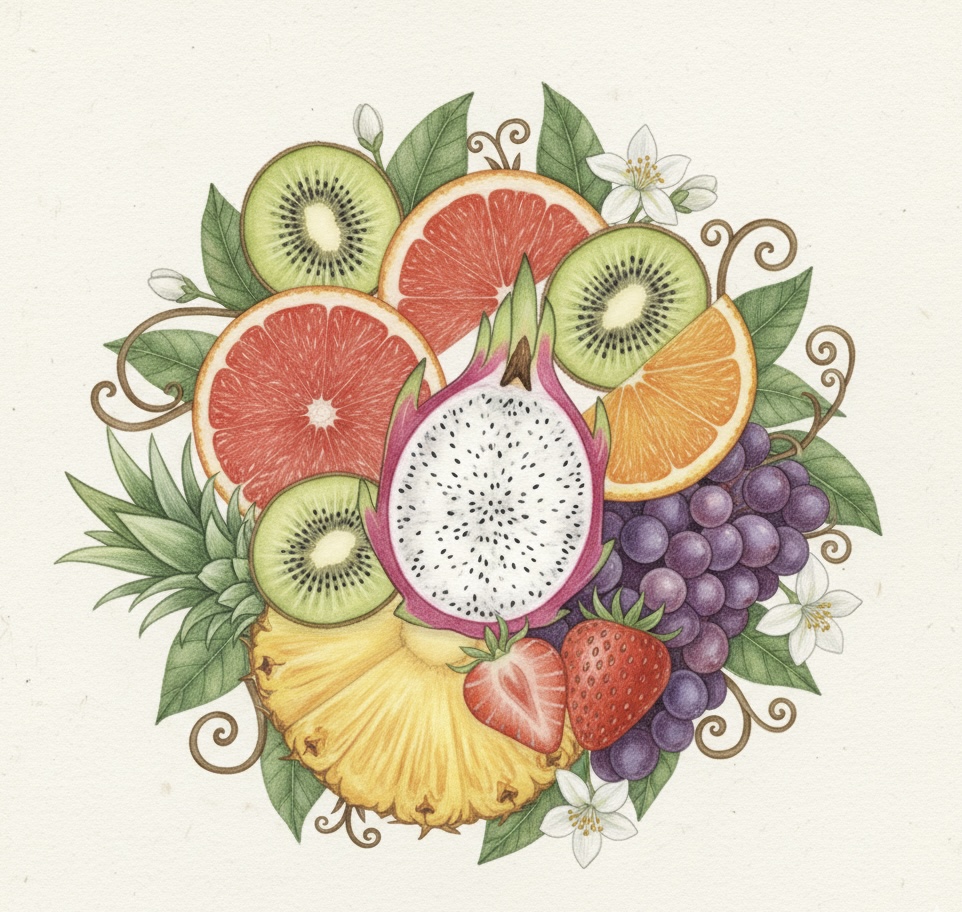Harvest Market Highlights: Top Tips for Making the Most of Fresh Produce
The beauty of fresh produce lies not only in its vibrant colors and tantalizing flavors but also in the health benefits it brings to our lives. With the harvest season in full swing, it’s the perfect time to dive into the world of fresh fruits and vegetables. Whether you’re a seasoned cook or a novice in the kitchen, understanding how to select, store, and prepare fresh produce will enhance your culinary experiences and boost your nutrition. In this comprehensive guide, we’ll share tips to help you make the most of your fresh produce, ensuring that you enjoy every bite while maximizing its benefits.
Understanding Fresh Produce
Fresh produce refers to fruits and vegetables that are harvested at their peak ripeness. These items are typically available at local markets, grocery stores, or directly from farmers. Consuming seasonal produce not only supports local agriculture but also guarantees the freshest taste and maximum nutritional value. To learn more about various fruits, check out our article on Fruits Vocabulary: A Visual Learning Chart.
1. Selecting Fresh Produce
The first step to enjoying fresh produce is making the right selections at the market. Here are some tips to help you choose the best fruits and vegetables:
Inspect for Quality
Look for fruits and vegetables that are firm, vibrant in color, and free from blemishes or bruises. For instance, ripe strawberries should be bright red, while avocados should yield slightly to pressure without being overly soft.
Know Your Seasons
Different fruits and vegetables thrive in different seasons. Familiarize yourself with what’s in season in your region. For example, citrus fruits like oranges and grapefruits are typically in season during the winter months, while summer brings an abundance of berries and melons. For a deeper dive into citrus fruits, don’t miss our Exploring the Wonderful World of Citrus Fruits.
Choose Local
Whenever possible, buy from local farmers or farmers’ markets. Local produce is often fresher and more flavorful than items that have traveled long distances. Supporting local agriculture also benefits your community.
2. Storing Fresh Produce
Proper storage of fresh produce is crucial to maintaining its flavor and nutritional value. Here are some tips for storing different types of fruits and vegetables:
Refrigerate Wisely
Some fruits and vegetables benefit from refrigeration, while others do not. For instance, store berries, leafy greens, and broccoli in the fridge to keep them fresh. On the other hand, tomatoes, avocados, and bananas should be kept at room temperature until they’re ripe.
Utilize the Ethylene Gas
Many fruits produce ethylene gas, which can speed up the ripening process. To ripen avocados or peaches, place them in a paper bag at room temperature. To extend the shelf life of ethylene-sensitive produce like apples and carrots, store them separately.
Keep it Dry
Moisture can lead to mold and spoilage. Ensure that your fruits and vegetables are dry before storing them, and use breathable bags or containers to allow for air circulation.
3. Preparing Fresh Produce
With the right produce in your kitchen, it’s time to get creative! Here are some tips for preparing and cooking fresh fruits and vegetables:
Wash Thoroughly
Always wash fruits and vegetables under running water before consumption. This removes dirt, bacteria, and pesticide residues. For leafy greens, consider using a salad spinner to remove excess water.
Experiment with Cooking Techniques
Fresh produce can be enjoyed in various forms—raw, roasted, steamed, or grilled. Each technique brings out different flavors and textures. For instance, roasting vegetables like carrots and Brussels sprouts enhances their natural sweetness, while steaming preserves nutrients.
Incorporate into Dishes
Fresh produce can elevate any dish. Add fruits to salads, blend them into smoothies, or incorporate them into desserts. For a refreshing summertime treat, try making a vibrant fruit salad or a fruit-based dessert. Visit our article on Tropical Fruit Medley for ideas on using tropical fruits creatively.
4. Nutritional Benefits of Fresh Produce
Fresh fruits and vegetables are packed with essential vitamins, minerals, and antioxidants. Here are some key benefits:
Boost Your Immunity
Fruits like oranges, kiwi, and strawberries are rich in vitamin C, which is known for boosting the immune system. Incorporating a variety of colorful fruits and vegetables into your diet ensures that you get a wide range of nutrients.
Support Digestive Health
Fresh produce is high in fiber, which aids in digestion and helps maintain a healthy gut. Vegetables like broccoli, carrots, and leafy greens are excellent sources. For more on how to use fruits for health, explore our article on Discover the Top 10 Fresh Market Fruits You Should Be Eating Right Now.
Promote Healthy Skin
Antioxidants found in fruits and vegetables can help protect your skin from damage. Foods rich in vitamins A and E, such as bell peppers and spinach, contribute to a healthy, glowing complexion.
5. Creative Ways to Enjoy Fresh Produce
Aside from traditional dishes, there are many fun and creative ways to enjoy fresh produce:
Make Creative Arrangements
Fruit arrangements can be a beautiful centerpiece for any gathering. Combine different colors and shapes to create visually stunning displays. For inspiration, check out our article on Revitalize Your Parties: The Art of Tropical Fruit Arrangements.
Engage in Art
Fruits have been a source of inspiration for artists throughout history. You can capture their beauty through painting or photography, as discussed in our articles From Garden to Canvas: Capturing the Beauty of Fresh Fruit and Feast Your Eyes: A Celebration of Fruit in Art Nouveau Style.
Share with Community
Consider sharing your bounty with friends, family, or neighbors. Host a potluck where everyone brings a dish featuring fresh produce. This not only shares the joy of fresh food but also encourages others to try new recipes and flavors.
6. Sustainability and Fresh Produce
In today’s world, sustainability is more important than ever. Here are some tips for making your use of fresh produce more environmentally friendly:
Compost Scraps
Instead of throwing away vegetable peels and scraps, consider composting them. This reduces waste and creates nutrient-rich soil for future gardening.
Choose Organic When Possible
Organic produce is grown without synthetic pesticides and fertilizers. While it may be more expensive, choosing organic can benefit both your health and the environment.
Plan Your Meals
Meal planning helps reduce food waste. By planning your meals around what you have on hand, you can ensure that you’re using all of your fresh produce before it spoils.
Conclusion
Fresh produce is a delightful and essential part of a healthy diet. By understanding how to select, store, and prepare fruits and vegetables effectively, you can enjoy their full flavor and nutritional benefits. With the tips shared in this guide, you’ll be well-equipped to make the most of your harvest market finds. Remember, the journey from farm to table is not just about eating; it’s about appreciating the beauty, diversity, and health benefits that fresh produce brings to our lives. So, go ahead, explore the market, try new recipes, and savor the deliciousness of the season!



